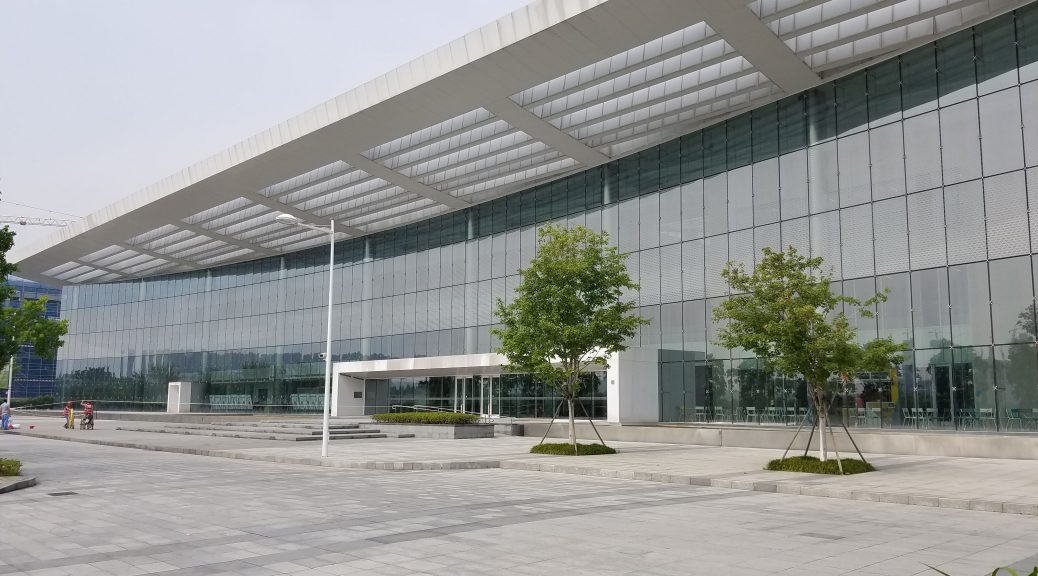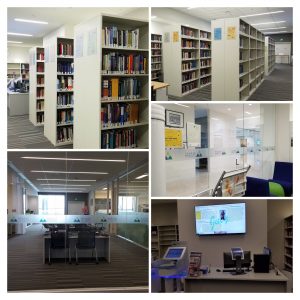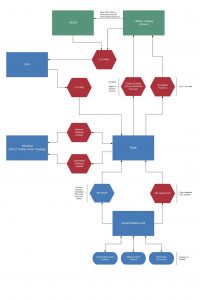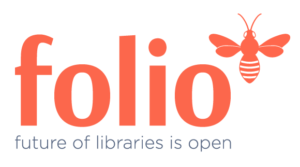“Every new beginning comes from some other beginning’s end.” – Seneca The Younger
We’ve all dealt with new beginnings. Take moving to a new city, for example. You’re excited about exploring the new city; getting to know it better, but you’re afraid at the same time. You miss your seeing your old friends. You were an expert of your old home town; you knew the quickest routes to work or the best hole-in-the-wall restaurant. It’s going to take time to be comfortable in your new city. You’ll have to rely on your navigation system to get you from place to place without getting lost. You’ll need to try a whole bunch of new restaurants before you find your new favorite. Eventually, you’ll be comfortable in your new place.
Perhaps your new beginning is a new child being added to your family. You’re overjoyed with the new addition, full of anticipation at what the future will bring, but perhaps you’re morning the loss of one-on-one date nights with your significant other or feel clueless on how to best care for your child. It will take you time to learn how to meet the needs of your new child and balance that with the needs of your significant other. Eventually, parenting will be come old-hat to you and you’ll be comfortable as a parent (as much as one can…).

The Bridges’ Transition Model is a diagram that shows how we move through the transition from old to new. It shows three stages of a transition; the endings, the neutral zone and the new beginnings. Let’s take a look at the above two examples in relation to the three stages
Stage 1 – Ending, Losing and Letting Go
The Endings in the examples above are leaving your friends, losing expertise in knowing how to get around your old city, feeling afraid that you won’t be successful in your new home, morning the loss of your one-on-one time with your significant other, and feeling afraid that you might do something wrong when caring for a new child. It’s important to recognize the feelings of ending, losing and letting go so that you can proceed to the Neutral Zone.
Stage 2 – The Neutral Zone
The Neutral Zone in the examples is the time where you rely on the GPS or Waze to help you get around. You may find yourself frustrated at having to try so many restaurants to find the perfect taco and margarita. You’ll try every trick in the book to find the one that works to put your child to sleep, and that may make you angry.
Stage 3 – The New Beginning
The New Beginnings are exciting. Imagine your happiness at finally finding the perfect taco. You get a diaper on the right way the first time. You get your child to use the toilet for the first time. You know “I’ve got this”, and are more than happy to celebrate.
Let’s take a look at another change and the transitions that go along with that – the new library services platform implementation – FOLIO (you knew I was going to say that, right?).

Stage 1 – Ending, Losing and Letting Go
The end is coming for all those years and work we’ve put into our current system. I don’t expect many of us will be sad, but we’ll all feel disoriented as we try to learn our new workflows.
Stage 2 – The Neutral Zone
As we become more familiar with FOLIO, we may be frustrated that a process takes longer than it used to, because we haven’t mastered the new workflow. Some of us may feel resentful as we were experts and now we’re beginners again. Morale may go down. We need to recognize that we’re all going through this transition together and respect how others are feeling. We need to give encouragement and celebrate progress.
Stage 3 – The New Beginning
In this stage, we see the end of the frustration as we become experts again. Morale goes up. We’re excited because we understand our new workflows and they’re making sense to us.
As we move through the transition to FOLIO or any other new system, we need to take time to recognize how a big change affects us. The change may affect us differently, and it’s important to honor the feelings and trust each other that we’ll work through this transition together and come out stronger by the end.











